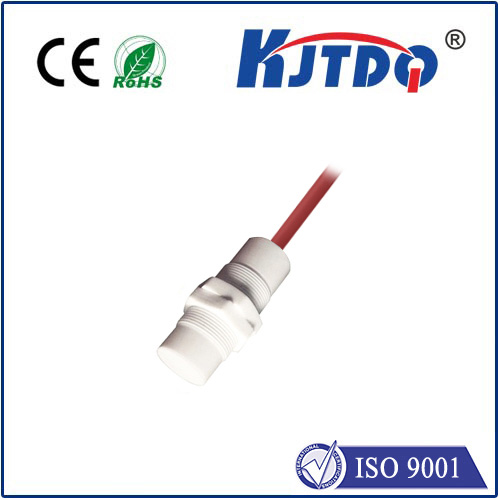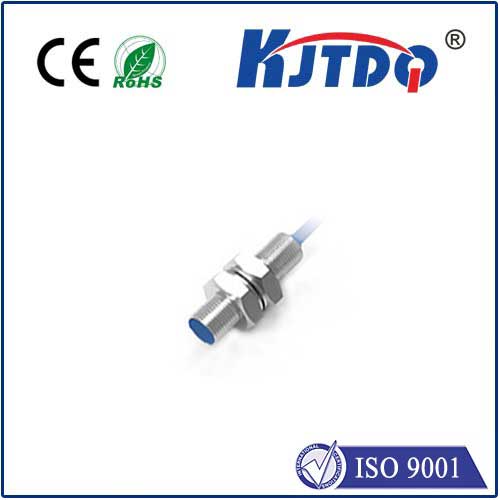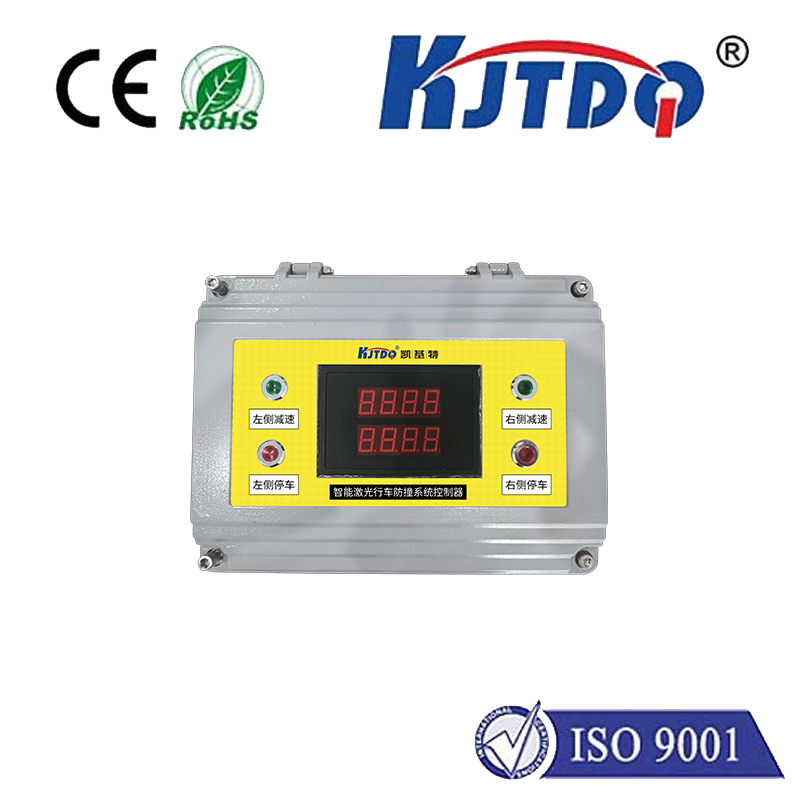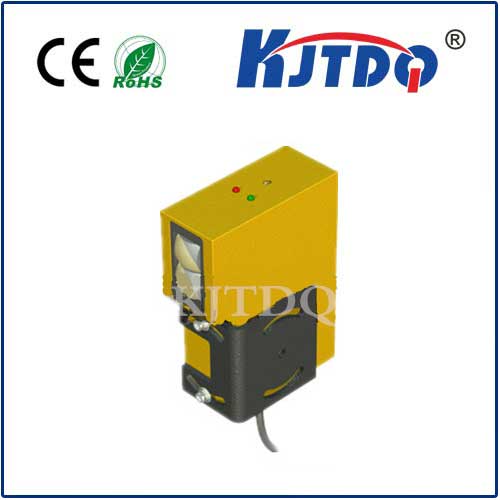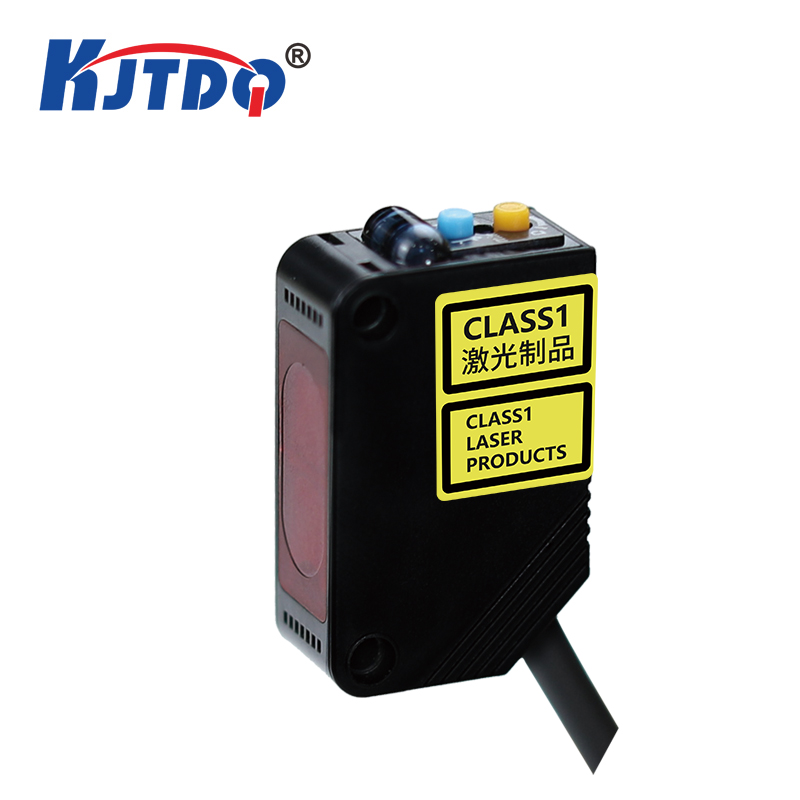limit switch for elevators
- time:2025-09-13 02:12:15
- Click:0
Limit Switches for Elevators: The Silent Guardians of Vertical Safety
Imagine stepping into an elevator, pressing a button for the top floor, and the car simply… keeps going. Past the intended stop, past the safety buffers, potentially into disaster. It’s a terrifying thought, thankfully made virtually impossible by a small, unassuming component: the limit switch. Far more than a simple sensor, these devices are the unsung heroes embedded within every elevator system, acting as critical safety sentinels and ensuring smooth, reliable operation from basement to penthouse.
At its core, an elevator limit switch is an electromechanical device designed to detect the physical presence or absence of the elevator car within specific, predefined zones within the hoistway (the shaft). Its primary function is to halt elevator movement when it reaches the absolute extremes of its travel path – the topmost and bottommost positions. This fundamental safety mechanism prevents the catastrophic scenario of the car colliding with the overhead structure or crashing into the pit at the bottom, events known as over-travel.
How Does an Elevator Limit Switch Work?
The principle is elegantly simple, relying on robust mechanical action:

- Positioning: Limit switches are strategically mounted at fixed points within the hoistway – one at the upper terminal landing (just above the highest floor) and one at the lower terminal landing (just below the lowest floor).
- The Trigger (Cam/Striker Plate): Attached to the side of the elevator car is a mechanical cam or striker plate. As the car travels up or down, this cam moves with it.
- The Actuation: When the elevator car approaches its absolute upper or lower limit, the travelling cam physically contacts the arm or roller actuator of the corresponding limit switch mounted on the hoistway wall.
- Circuit Breaker: This physical contact forces the switch actuator to move. This movement mechanically opens or closes electrical contacts within the switch.
- Safety Signal: This change in the switch’s electrical state sends a crucial signal directly to the elevator control system. It essentially screams, “STOP! Travel limit reached!”.
- Immediate Halting: Upon receiving this signal, the control system instantly cuts power to the elevator drive motor and engages the braking system, bringing the car to a safe stop.
The Critical Safety Functions: More Than Just Terminals
While preventing over-travel is their primary safety function, elevator limit switches often serve additional vital roles within the safety chain:
- Final Terminal Stopping Device: The upper limit switch and lower limit switch specifically function as the final backup safety devices to stop the car if the primary stopping systems (driven by the position encoder and normal floor leveling controls) fail. They are the last line of defense.
- Safety Gear Activation: In many modern elevator designs, particularly those operating at higher speeds, actuating the final limit switch doesn’t just stop the car; it can also directly trigger the activation of the safety gears or a hydraulic rupture valve. These devices physically clamp onto the guide rails or halt the hydraulic ram to arrest the car mechanically if uncontrolled movement is detected.
- Door Zone Monitoring: Limit switches aren’t only for hoistway travel limits. They are also extensively used to monitor the position of elevator doors (car doors and hoistway doors). Switches confirm that doors are fully closed and locked before the elevator is allowed to move. If a door is ajar when movement is initiated, or opens unexpectedly during travel, the corresponding limit switch signals the control system to stop the car immediately. This prevents passengers from being trapped in closing doors or falling down the shaft.
- Emergency Access: A limit switch often controls the hoistway access panel lock. The switch ensures this panel can only be opened when the elevator car is safely stopped and positioned at a specific access landing, preventing accidental entry while the elevator is moving nearby.
- Overspeed Governor: While distinct units, the overspeed governor system relies on switches activated by the governor mechanism when overspeed is detected. These switches are crucial links in initiating emergency braking.
Installation and Maintenance: Non-Negotiable Essentials
Given their paramount safety role, the proper installation, calibration, and maintenance of elevator limit switches are absolutely critical. Regular elevator safety inspections mandated by codes (like ASME A17.1/CSA B44 in North America) rigorously test these switches. Technicians verify:
- Secure Mounting: Switches must be firmly fixed in place, resistant to vibration.
- Correct Positioning: The switch and its corresponding cam/striker plate must be perfectly aligned so contact occurs precisely at the intended stopping point – neither too early nor too late.
- Actuator Movement: The mechanical actuator (roller, arm) must move freely without binding or excessive friction.
- Electrical Function: The switch must reliably open or close its electrical contacts upon actuation, sending the correct signal to the controller. Contacts must be clean and free from corrosion or pitting.
- Clearance: Adequate space around the switch and cam for unobstructed operation must be maintained.
Regular lubrication of moving parts and replacement of worn components like actuator rollers are essential preventative maintenance tasks. A malfunctioning limit switch is not just an inconvenience; it represents a significant safety hazard.
The Consequences of Failure: Why Vigilance Matters
A failed or maladjusted limit switch compromises the elevator’s fundamental safety redundancy. If the car overshoots its normal stopping point due to a control system error or brake failure, the limit switch is the critical component designed to intervene. Without it functioning correctly:
- Over-Travel: The car could collide with structural components overhead (potentially shearing cables) or crash violently into the pit buffer, causing catastrophic damage and severe injury to passengers.
- Door-Related Accidents: Failure of door limit switches could allow the elevator to move with doors open, leading to falls or entrapment.
- Non-Compliance: Operating an elevator with faulty safety components, especially limit switches, is a serious violation of safety codes and regulations, resulting in fines and operational shutdowns.
Elevator limit switches, though often overlooked by the riding public, are fundamental pillars of vertical transportation safety. They represent a critical fusion of simple mechanical reliability and vital electronic signaling within the complex ecosystem of elevator control. These robust sensors operate silently, trip after trip, year after year, demanding only periodic attention in return for their unwavering vigilance. Their consistent, reliable performance ensures that every elevator journey doesn’t just end at the right floor, but ends safely, making them truly indispensable guardians of the hoistway.








